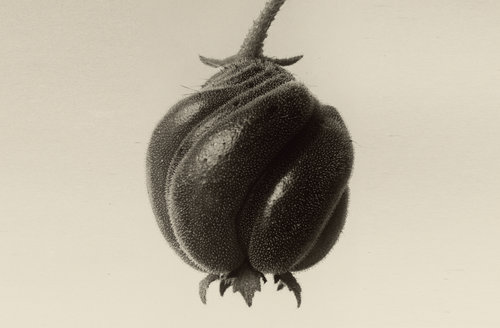
Shedding the veils, making room: On some photographic motives in Walter Benjamin
##plugins.themes.immersion.article.figure##

Abstract
This article analyses two photographic motives in Walter Benjamin’s work. The first one, encompassed by the expression “shedding veils”, concerns Blossfeldt’s photographs as well as the links they establish with a broader philosophical and aesthetical tradition. A first development of this motive focuses on “Little History of Photography” (1931) and on the relation between technology and magic. On the other hand, “News about flowers”, a review of Blossfeldt’s work written three years before, establishes a connection with morphological questions. Therefore, the optical unconscious points explicitly to the uncovering of analogies and forms, and implicitly to a “cosmos of similarity” which can be said to be at the core of Benjamin’s theory of mimesis. The historical tensions brought forth by technology gain a new meaning when read against this mimetic background. The second motive addresses the fundamental role Atget plays on Benjamin’s historical reading of photography and, consequently, on the relation between photography and the representation of the city. In this context, and without avoiding the complex and often misread question of the aura, it is important to understand how Atget’s photographs are creating the conditions for a further development of the photographic technique and at the same time transforming our perception. The expression “making room”, which covers a wide range of meanings spanning from the literal/technological to the metaphorical one, belongs to a spatial dimension of Benjamin’s thought presupposing a movement of destruction-construction. At the same time, it is related to the fertility of the concept of Spielraum, room for manoeuvre/play. Bringing closer such texts as “The destructive character”, “The Work of Art” essay or the texts on Naples and Ibiza, this article is also a reading of the critical tasks set in motion by Benjamin’s thought.